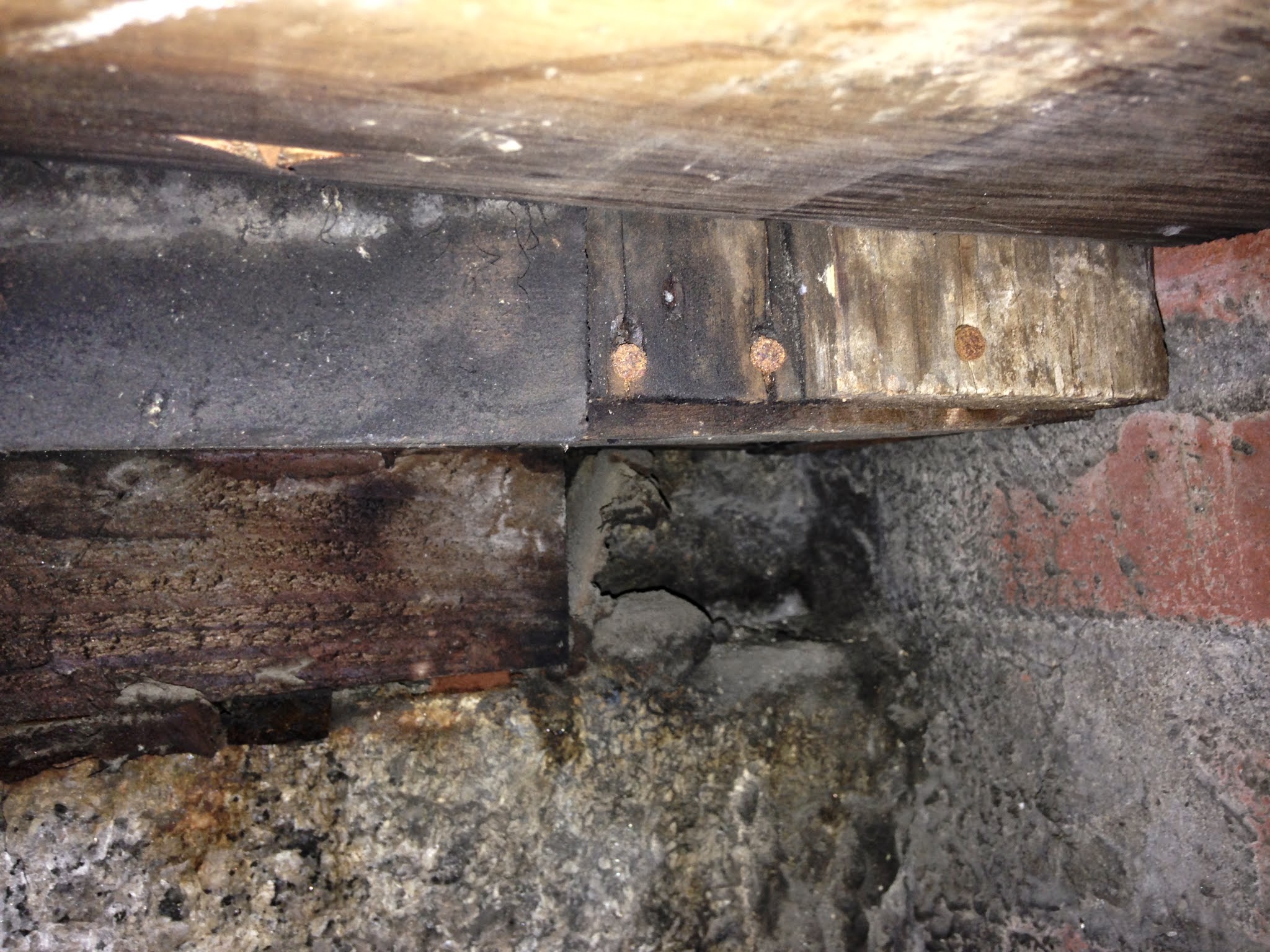Old Post Office Building / Trump International Hotel

The Old Post Office updated in the mid-80s failed to attract interest in the 21st century. The building was almost demolished in the 60s and made obsolete only 20 years after its erection due to competition from Union Station and Postal Square.

One thousand windows, each floor with a different design, by 2014 all were in need of heavy work.

I’m not sure the two words belong in the same sentence, but Donald Trump seemed nearly humbled and a bit exhausted, grateful to have this project finished at the commemoration.

All the original millwork was Chestnut, painted likely in the 1920s. It was decided that removing all paint would be too costly and so these window surrounds were sanded and prepped to deliver a finish likely better than they ever have.


Every window on every project goes back in the opening.

Sash steamer keeps the dust down, protective gear makes this lead safe work.

Inventory sheets like this establish basic condition and the absence or presence of window components. On larger projects, we do this inventory and an inventory of conditions after elements are stripped of paint.

We make stop bead for all projects, exactly reproducing the profile and proportion of the originals.

We were able to restore and actually re-machine the profile of the original sash — a process only possible given the windows had no muntins. This photo is of the few reproduction sash we made for the first floor.

We cut all the glass for this job in-house. The original glass was 1/4” thick, flat as modern glass, but badly scratched, stained, and edged throughout.

These sash are 125 years old. Note, the modern sealant just below the glass. This modern material serves as bonding agent to hold the heavy glass while the putty takes nearly a month to cure.

Reproduction sash for OPO first floor — a sash cart full of Bondo for wood by 3M. We never use these polyester resin outside or to remediate decay of any kind, but at the Trump Hotel, this fill that bonds tenaciously and sands well, allowed us to bring much of the existing millwork up to hotel standards without stripping all the interior paint.


With little reasonable means to access the upper floor exteriors, the decay at the Old Post Office was impressive. Had this been millwork made from modern pine, the window units would have melted away.

New reproduction parts in Sapele Mahogany will endure like the original pine.

The mock-up process at OPO revealed the sash could be restored, while the glass needed replacement. This information conflicted with the 1,000-page report done to determine the status of the windows. The change in plan revealed by the study/mock-up saved much money and historic material.


The original millwork at the Old Post Office was not on par for the period. This and the following photo are from under the window sill and show the connection of the sill to the weight pocket. Sadly, the sill was not supported at this joint. The result is a sill that slopes negatively, back towards the building. We went under the sill of every window and supported with blocking so this could not ever happen again


Wow, almost like driftwood at this point, this original growth pine can decay, but only after what I estimate is 70 years left unpainted.

I understand the martinis available at the bar, where this mound of dirt was, are quite good.

Each condition of the glass expresses its iron content, more green means more iron, a trace element added to silica to decrease brittleness. This original glass from the Old Post Office, folks think, was etched on its surface due to the original coal-fired furnace.

Ruined conditions on the first floor of OPO.

I think the Old Post Office found its ideal 21st century application as hotel.

I wish the hotel success and I imagine it is the views through the windows that are as beautiful as the views within.

The building expresses a profound commitment of a government to its postal service. Every single piece of granite here was cut in Vermont, numbered, and shipped to the site. This building could be Washington’s Ponte Vecchio in 1,000 years.


